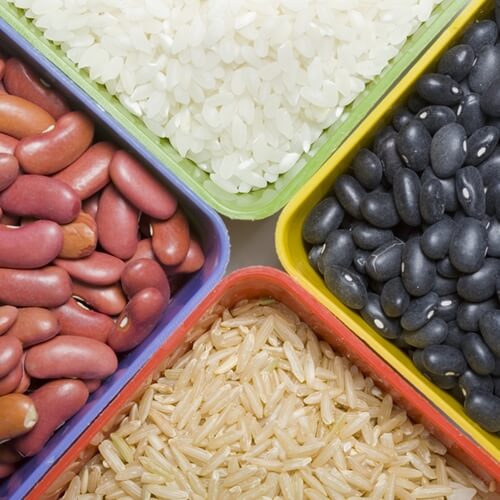Cooking The Macrobiotic Way
As a future chef, one of your more frequent challenges will involve the dietary habits and restrictions of patrons. Some folks have certain allergies, like peanuts or shellfish, while others adhere to diets that do away with animal proteins (as in veganism and vegetarianism). Rather than being an annoyance or a burden, though, these specific diets can offer chefs a chance to expand their culinary skills. As is the case with macrobiotic diets, a lifestyle approach emphasizes a holistic approach to mealtime.
The aim of the macrobiotic diet
As registered nurse Christy Carl explains, the macrobiotic diet is all about food consumption as a means of balancing your life. Similar to their vegan and vegetarian brethren, those following the macrobiotic diet do away with sugars and processed foods, instead favoring grains, legumes, fish, seaweed, vegetables and various seeds. The goal is to establish a kind of balance with food items: Not only do followers tend to shop locally, but they often adjust their diets with the changing of the seasons (for instance, more fruits during the peak seasons of spring). As the International Macrobiotic School explains, there’s almost a spiritual bent to the diet, describing it as “an art of life in which you become more and more conscious … conscious of the responsibility you have to give your life shape.” Often, macrobiotic devotees have a profound devotion to life and nature itself, a crucial point to comprehend when it comes to actually cooking.
The science behind macrobiotic diets
As is the case with most diets, there’s some level of science informing the most basic practices. In the case of macrobiotic diets, there’s research that shows both profound benefits and some noteworthy deficiencies. According to Vanderbilt University, several studies in the Netherlands demonstrated that a macrobiotic diet can impact a child’s development. For instance, children on a macrobiotic diet only grew at a rate of 13.2 centimeter per year, compared to 16.7 cm for omnivorous children. Another study found only 6 percent of children on a macrobiotic had met levels of vitamin B-12 as outlined by the Food and Drug Administration.
Outside of childhood health, the macrobiotic diet has shown promise in fighting chronic ailments and disease. According to a study by Columbia University, women following a macrobiotic diet had a reduced risk of cancer, due in part to reductions in estrogen levels. However, when it comes continued cancer treatment, the macrobiotic diet should not be seen as a kind of miracle approach. Instead, as the Nutrition Diva points out, the well-balanced approach of the macrobiotic diet is often enough to keep cancer patients properly nourished. The macrobiotic diet has also shown promise in battling other illnesses, according to U.S. News and World Report, including diabetes and heart disease. Speaking to Everyday Health, chef Marisa Marinelli says her own macrobiotic diet has helped in coping with her ongoing colitis.
A practical approach
If you’re ever whipping up a meal for a macrobiotic practitioner, there are a few key rules to remember. As Cancer Research UK points out, chefs need to avoid preparing food with microwaves, as that technology is often seen as clashing with the diet’s approach. As a follow up to that, the cooking materials should also be more “natural,” including glass, wood and ceramics, and all water should be purified prior to cooking. Be aware that many of the primary components of a macrobiotic diet are expensive; according to the Wall Street Daily, prices of hazelnuts recently hit a 10-year high of $10,500 a ton.


